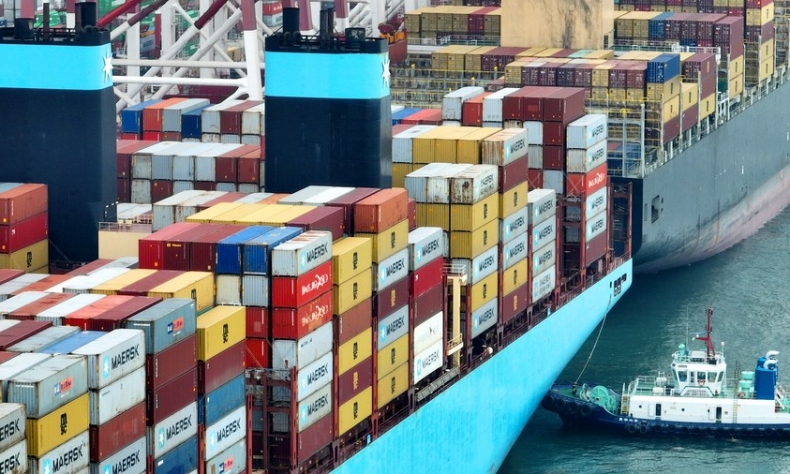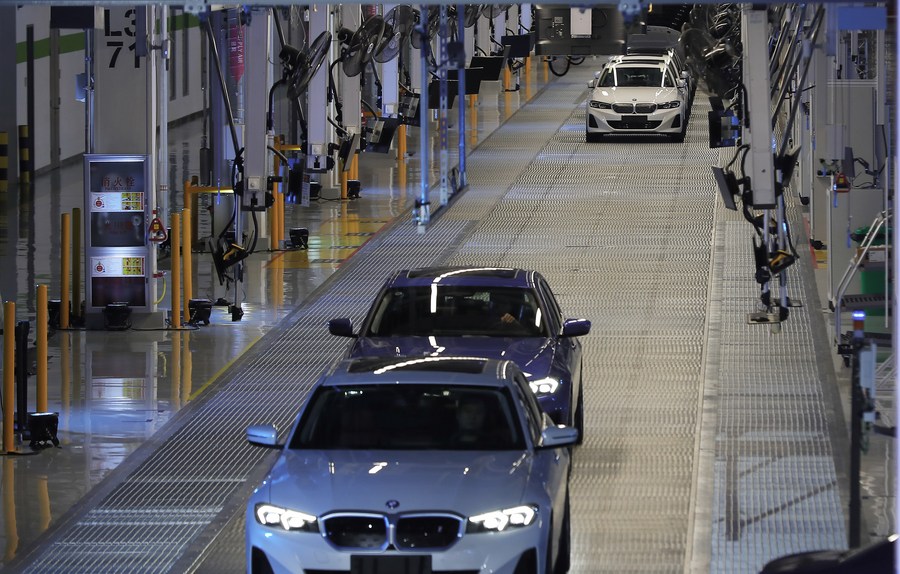A Step Toward Stabilization

The Catalogue of Industries for Encouraging Foreign Investment (2022 Version) will help lift the level of opening up and also optimize foreign investment structures, consequently boosting foreign investor expectations and confidence in their China-based business.
Taking effect on January 1, 2023, the Catalogue of Industries for Encouraging Foreign Investment (2022 Version), jointly issued by the National Development and Reform Commission and the Ministry of Commerce in late October, displays China’s welcome for foreign investment as well as its determination to step up its opening-up efforts.
In recent years, the catalogue has assisted foreign investment expansion in China, offering businesses more guidance on where to invest and optimizing the regional distribution of foreign investment.
Industries and sectors covered by the catalogue enjoy three preferential policies. First, tariff exemption for self-use equipment imported within aggregate investment—except for certain stipulated items; second, the preferential policies for projects involving intensive land use; third, foreign investment projects in China’s western region and Hainan Province enjoy a tax reduction of 15 percent.
As is the case with every version, prior to the latest catalogue’s release, foreign investors, foreign chambers of commerce and industrial associations were all invited to offer their opinions online. The final version is a result of modifications based on their comments and contains 1,474 items. These align with China’s plans to attract foreign investment in hi-tech manufacturing, production-oriented service industries, as well as advanced industries in the central, western, and northeastern regions. Opportunities also exist in industries linked to green development, healthcare, senior care, sports, and vocational education.
The Catalogue of Industries for Encouraging Foreign Investment focuses on high-quality development, accelerating the upgrading of new technologies. As for the central and western regions, based on local resources and industrial conditions, new entries have been added to further optimize the regional distribution of foreign investment.

The index includes three major points. First is to continuously encourage the flow of foreign investment to advanced manufacturing, such as aviation equipment manufacturing, key industrial components used in autonomous driving and high-performance raw materials. Second is to encourage foreign investment in modern services such as low-carbon and water-conserving tech services and in the development and application of ecofriendly technologies. Third is to guide more foreign investment to advantageous industries and sectors in the central and western regions as well as northeast China. These regions feature unique resources and industrial advantages and the 2022 version of the catalogue has added numerous related entries. In places like Ningxia Hui Autonomous Region and Shanxi and Liaoning provinces, newly added items include finished products as well as components of smartphones and tablets. In ethnic autonomous regions like Tibet and Xinjiang, as well as in Yunnan and Qinghai provinces, newly added entries cover chain operations, desert cash crops, cross-border logistics and ecotourism.
In the past few years, COVID-19 has further complicated the global economic and political landscape. In this context, although China’s utilization of foreign capital is steadily increasing, influx remains constrained. The updated catalogue is a crucial measure at a critical time to stabilize foreign investment. It will help lift the level of opening up and also optimize foreign investment structures, consequently boosting foreign investor expectations and confidence in their China-based business.
 Facebook
Facebook
 Twitter
Twitter
 Linkedin
Linkedin
 Google +
Google +










